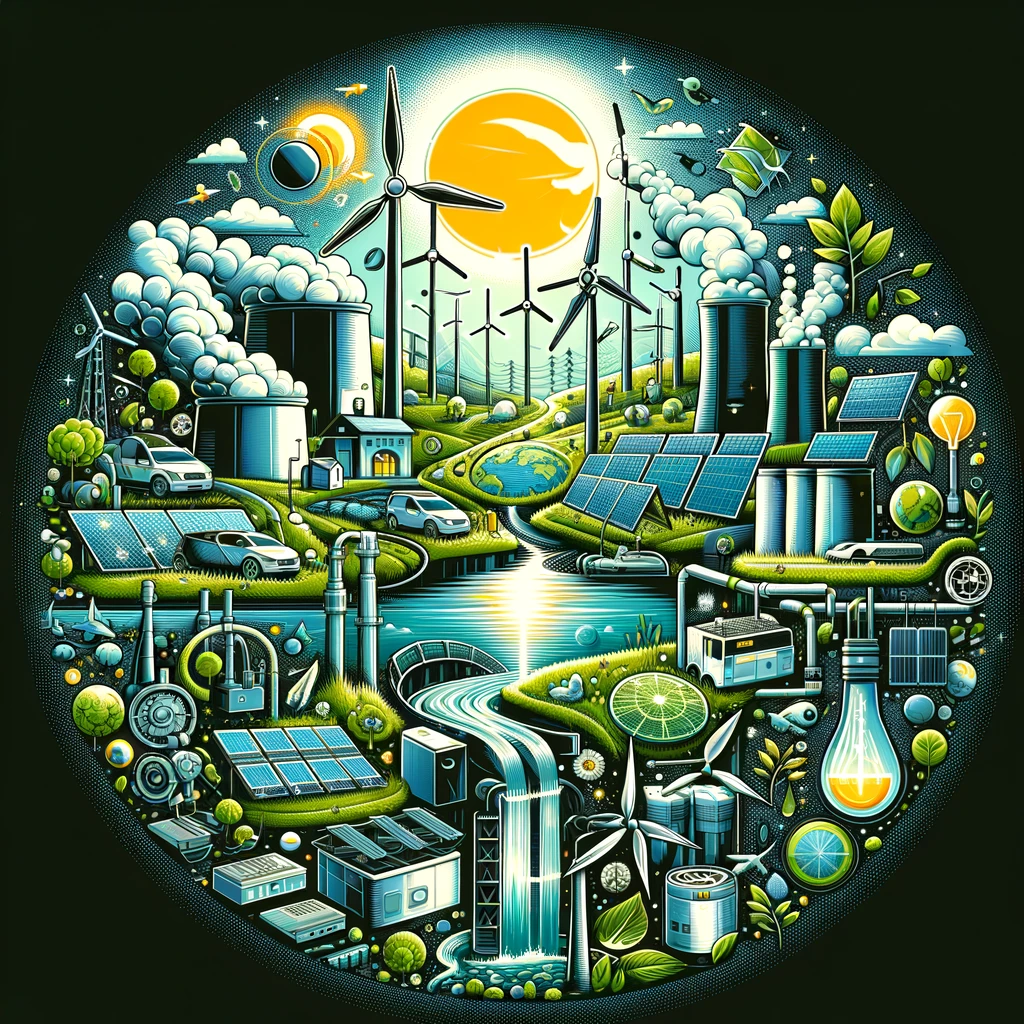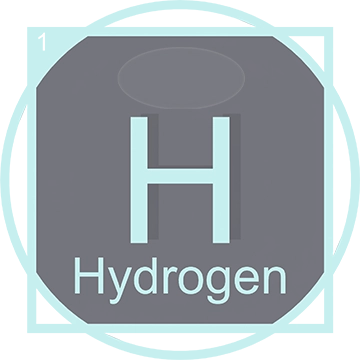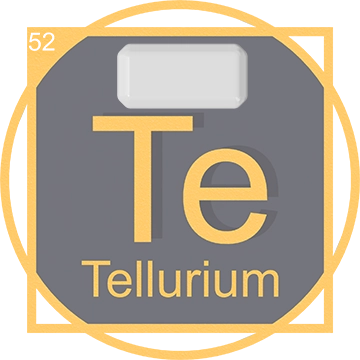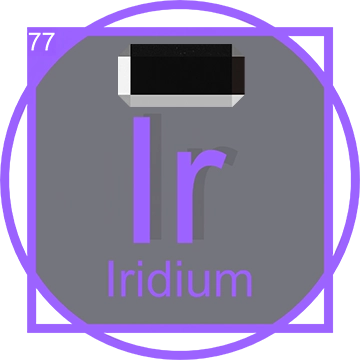Renewable Energy Solutions: Harnessing the Elements with Periodic Insights
Understanding Renewable Energy Solutions
In an era where sustainable energy is at the forefront, renewable energy solutions are transforming how we power our lives. These technologies leverage natural elements like sunlight, wind, and water to create clean, reliable energy sources that mitigate climate change. The primary forms include solar power, wind energy, hydropower, and geothermal energy.
Key Elements of Renewable Energy
Solar Energy

Solar panels capture sunlight using photovoltaic cells, typically made from silicon, to convert sunlight into electricity. Silicon is abundant and cost-effective, which makes it a popular choice for these cells. However, the efficiency is further enhanced by incorporating other elements like cadmium telluride and copper indium gallium selenide (CIGS).
Cadmium telluride, used in thin-film solar cells, provides high efficiency at relatively low production costs. Meanwhile, CIGS is known for its flexibility and high efficiency, making it suitable for various applications where rigid panels are less practical.
Elements of Wind Turbine Energy

Wind turbines harness the kinetic energy of the wind and convert it into electricity. The construction relies heavily on strong, lightweight materials, often involving rare-earth metals like neodymium for high-strength magnets in the generators. Additionally, the expanding market for DIY wind energy kits allows homeowners to construct their own turbines, further popularizing sustainable energy solutions at a community level.
Hydropower
Hydropower plants utilize the kinetic energy of flowing water to generate electricity. While the basic principle hasn't changed in decades, modern innovations involve materials that enhance durability and efficiency, such as stainless steel alloys and composite materials.
Geothermal Energy
Geothermal plants tap into the Earth's heat to produce electricity. Here, high-temperature-resistant materials like titanium and nickel alloys are essential to handle extreme conditions.
The Role of the Periodic Table in Renewable Energy
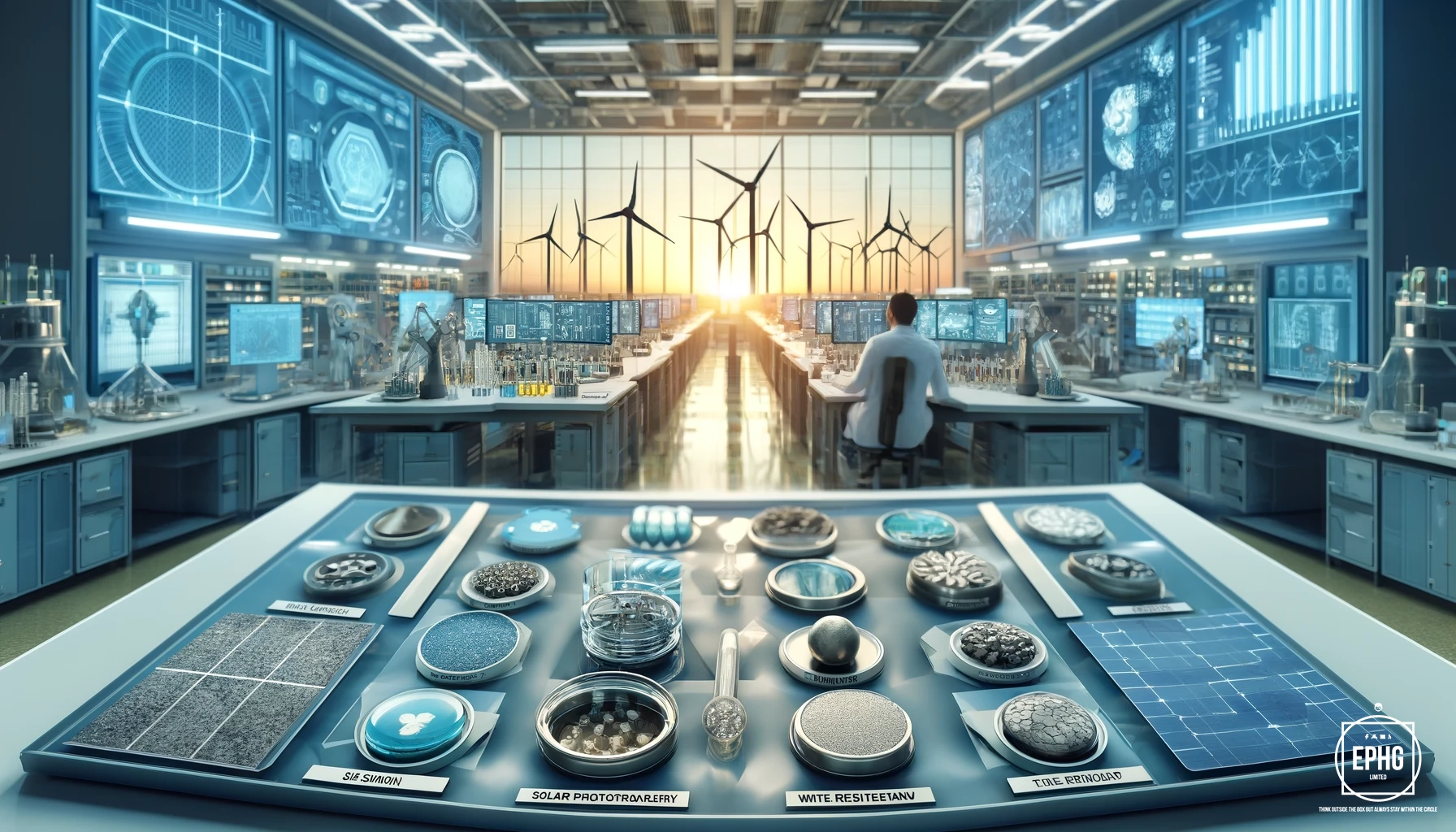
The periodic table is crucial to understanding and developing renewable energy technologies. Here's how:
- Silicon: The backbone of solar photovoltaic cells.
- Rare-Earth Metals: Elements like neodymium are vital for efficient wind turbines.
- Nickel & Titanium: Heat-resistant materials required for geothermal energy plants.
- Cadmium & Indium: Essential for thin-film solar technologies.
As we strive for cleaner energy, the periodic table serves as a treasure map guiding us to the elements that enable revolutionary technologies. Whether it's improving the efficiency of existing systems or discovering new ways to harness nature's power, the periodic table is at the heart of these innovations.
